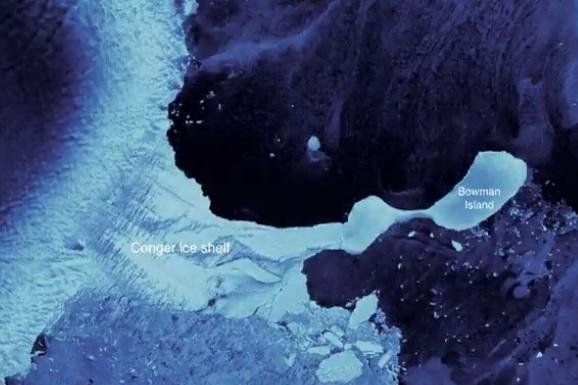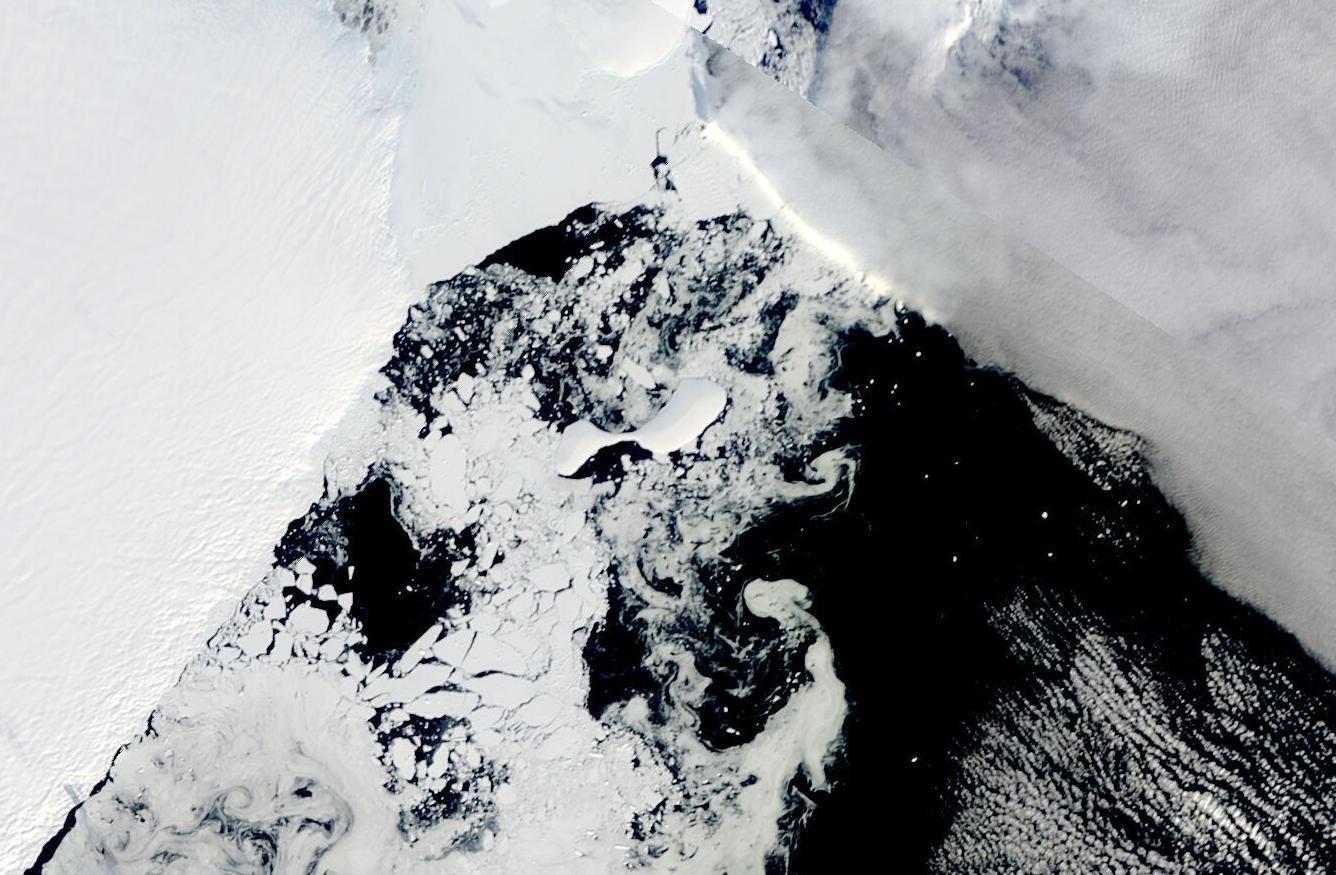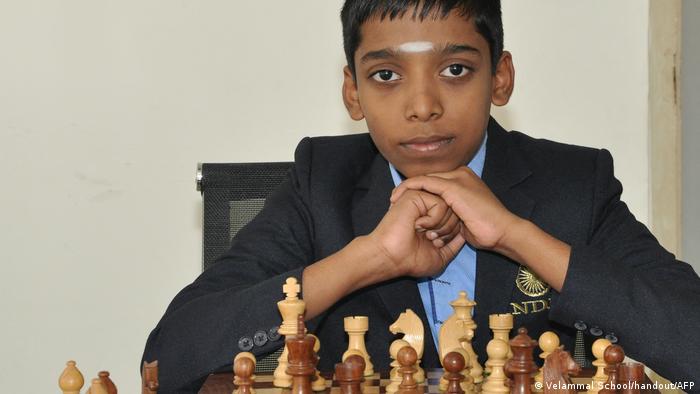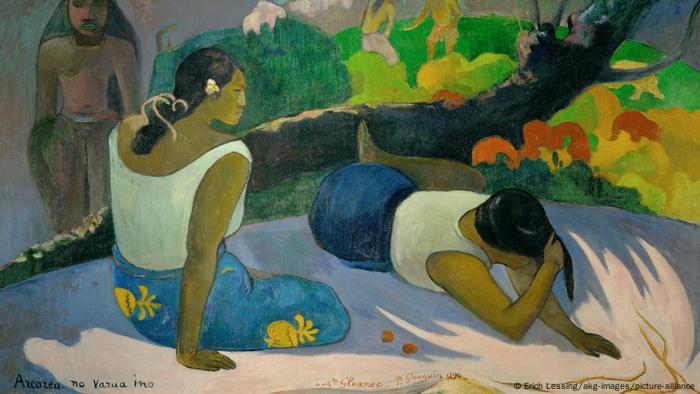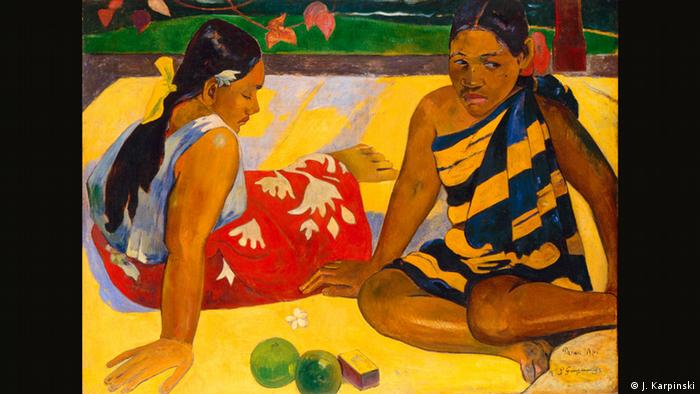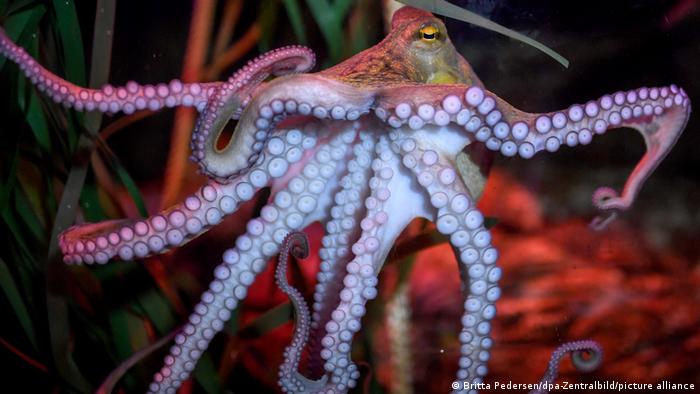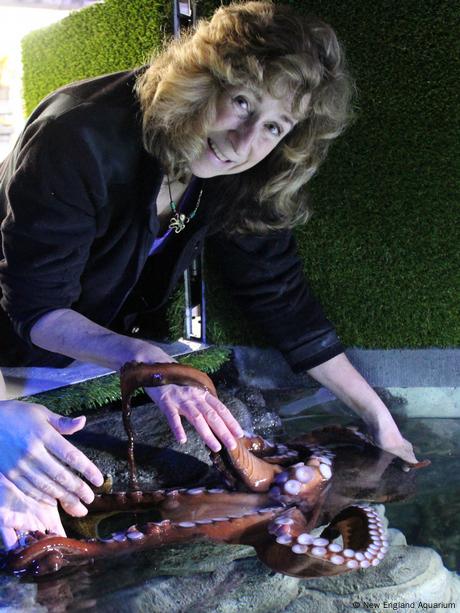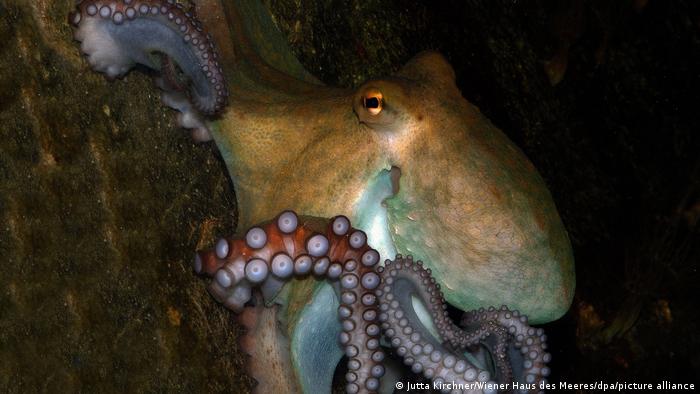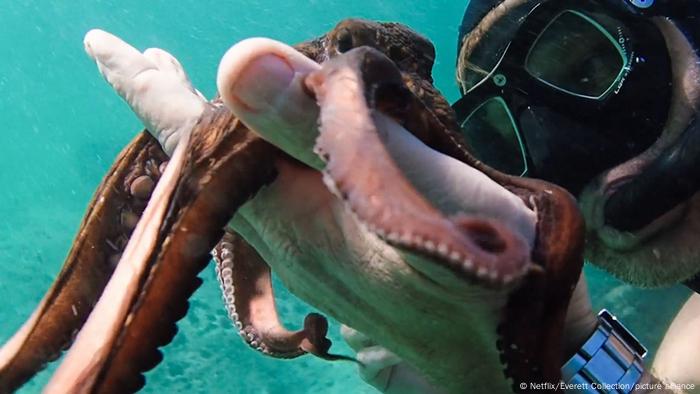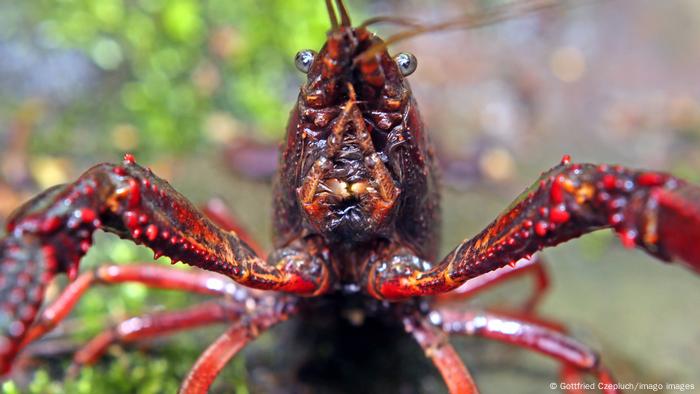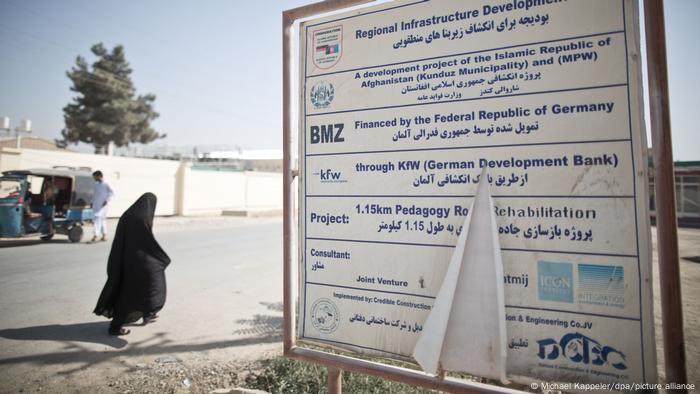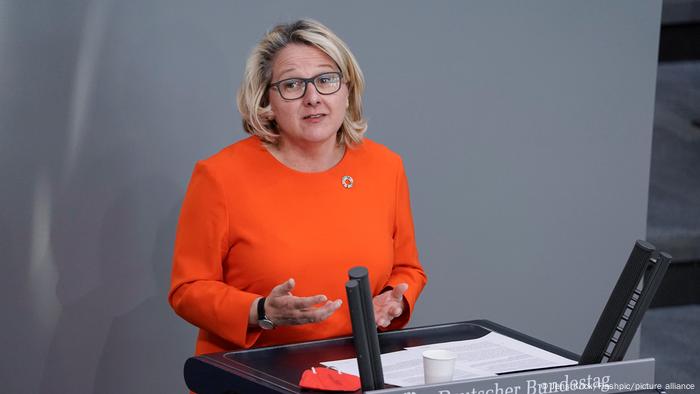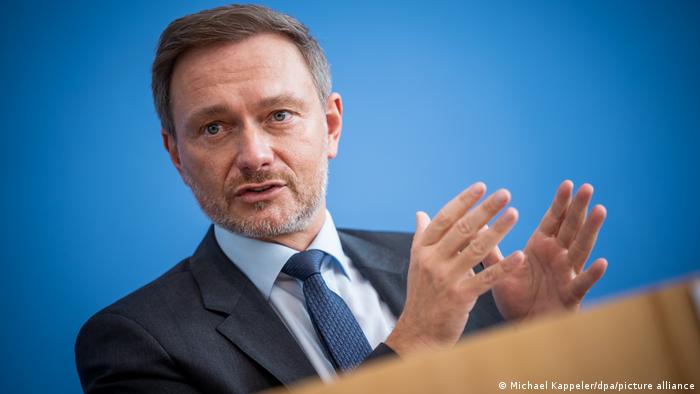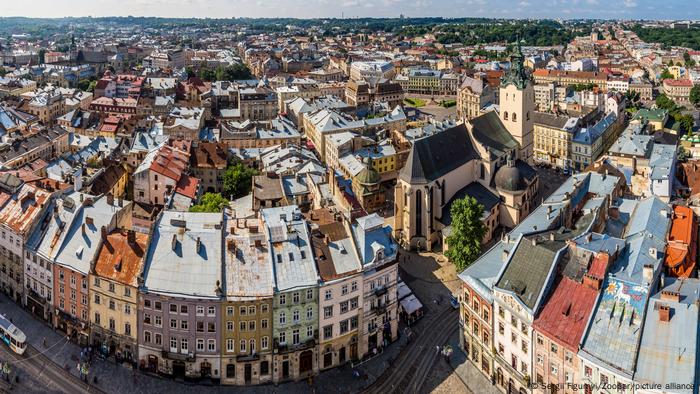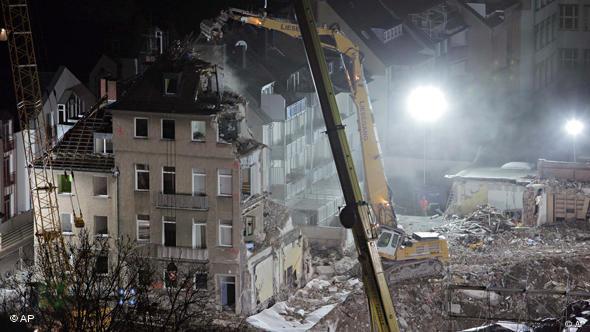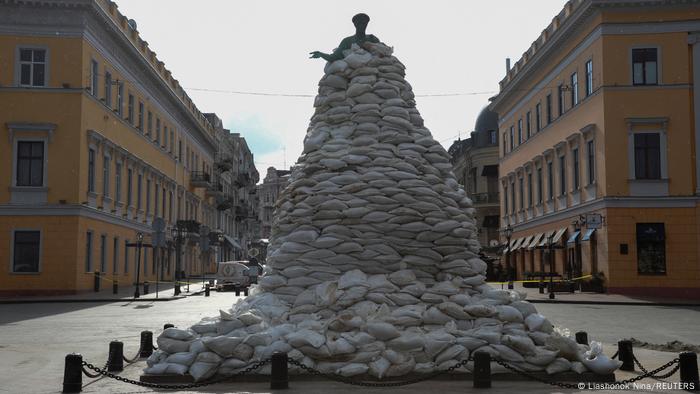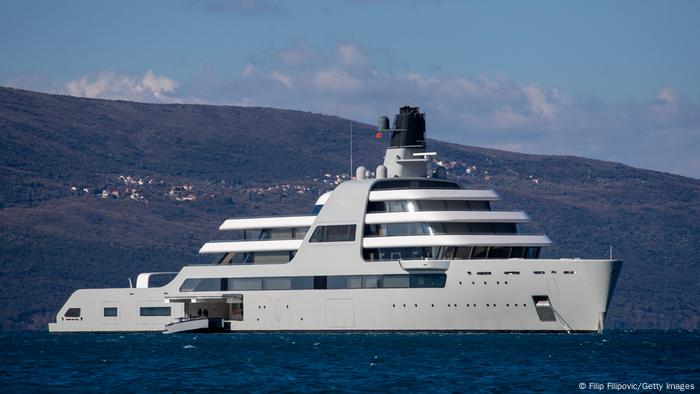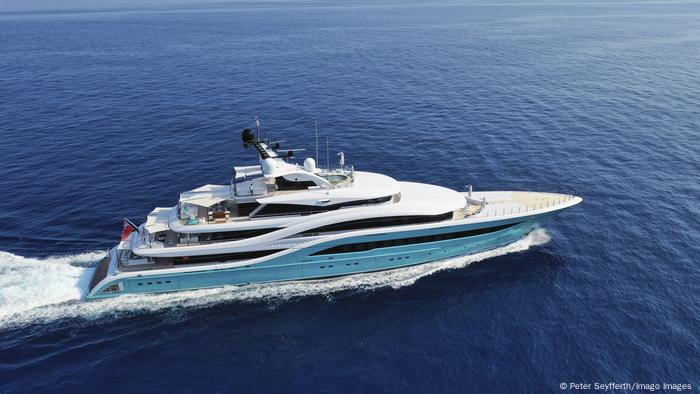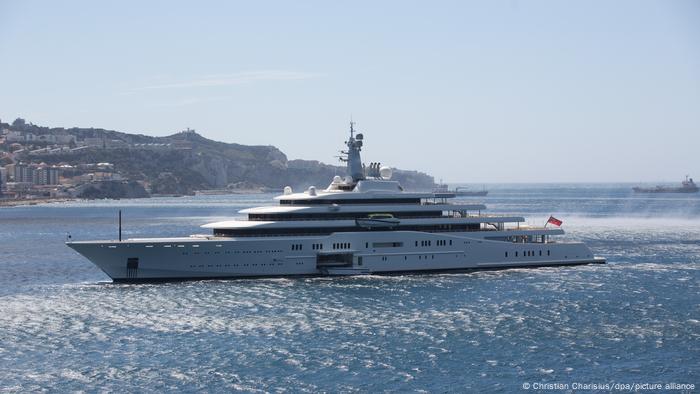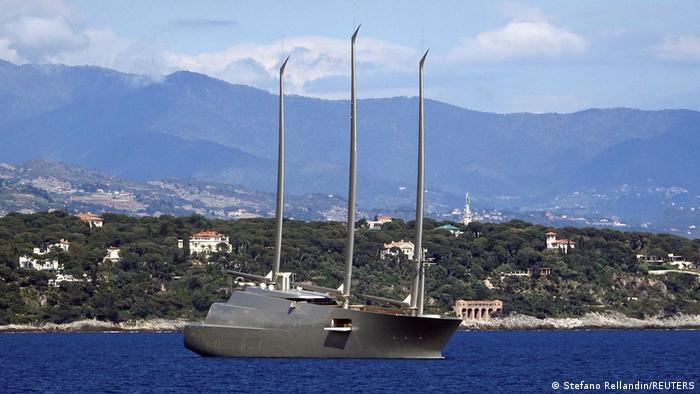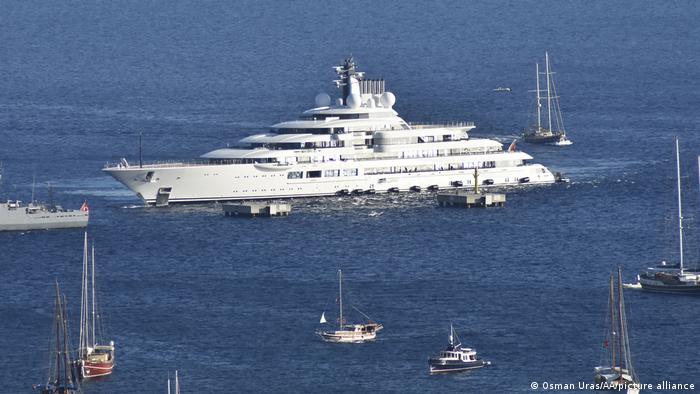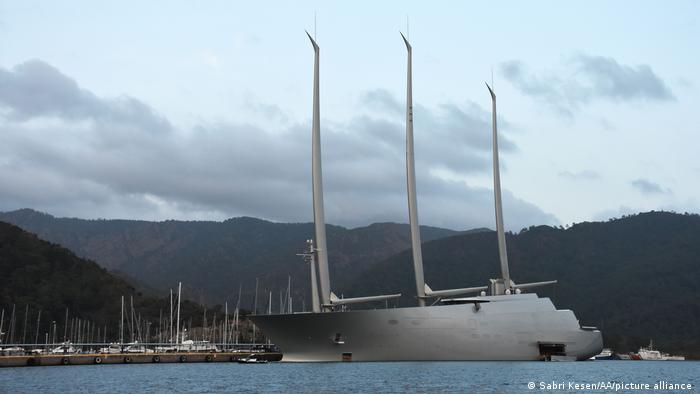By Dalal Saoud
MARCH 24, 2022

A woman searches for food in the garbage in Beirut, Lebanon, in February. The war in Ukraine, which has paused wheat exports to Lebanon, could make food scarcity worse. Photo by Wael Hamzeh/EPA-EFE
BEIRUT, Lebanon, March 24 (UPI) -- The Russian war in Ukraine has brought fears that food will become more scarce and life-saving humanitarian assistance could disappear from cash-strapped Lebanon, whose population is sinking deeper into poverty.
Lebanon imports 66% of its wheat from Ukraine and 12% from Russia and relies on both countries to import cooking oil.
The disruption in the food supply comes as Lebanon deals with the worst financial crisis in its history, with the Lebanese pound losing more than 90% of its value since October 2019. Unemployment is soaring.
A growing number of Lebanese have been able to survive so far due to international aid and local charity initiatives that started to pour in, especially after an explosion at the Beirut port devastated much of the city and destroyed its grain silos, leaving the country without storage facilities.
"As if the Lebanese didn't have enough problems, now [they are facing the impact of] the war in Ukraine," Bujar Hoxha, country director of CARE International in Lebanon, told UPI. "The situation is much worse and keeps on worsening."
Hoxha said that according to "scary" figures released in November, some 2.2 million Lebanese were facing food shortages, noting that their numbers have undoubtedly increased since then.
About 3.2 million to 3.7 million Syrian and Palestinian refugees living in Lebanon are also suffering food shortages, although "they are a bit better than the Lebanese" because they get assistance from the United Nations agencies, respectively the United Nations High Commissioner for Refugees and the United Nations Relief and Works Agency for Palestine Refugees.
What worries him most is a possible "shift in attention to other crises," with most grants to Lebanon -- whose population is moving from below poverty to extreme poverty -- coming to an end in the coming months.
Most of the grants his organization and other NGOs are implementing are short-term, ranging between "six months and one year in the best-case scenarios."
RELATED U.S. to accept 100,000 Ukrainian war refugees, provide $1 billion in aid
"If we stop now the current short-term assistance, the needs will double or triple as the situation will become much worse," Hoxha said. "So the fear is whether international assistance will continue, but if it is short-term, that won't solve the problem."
The need for the international community to keep supporting Lebanon is widely illustrated by heart-breaking stories about increasing food insecurity in the crisis-ridden country.
A mother with three children in Tripoli, Lebanon's poorest city in the north and the most impoverished along the entire Mediterranean coast, has to choose every day who to feed first.
"The one who is hungrier will have breakfast and the less hungry will have to wait for lunch or dinner with the little food the mother is able to put on the table," said Patricia Khodr, communication and media manager at Care International.
For another mother, feeding her infant baby is a painful mission. "Instead of the regular five spoons of baby milk, she only put one in her baby's bottle."
In another family, one of the children works the whole day just to be able to buy 1 kilo of bananas at 10,000 Lebanese pounds (40 cents) that would be wrapped in sandwiches for dinner.
"We haven't seen such poverty before. The people are going poorer by the day, with growing cases of malnutrition, especially among children and women. Many can't even afford one meal per day," Khodr told UPI.
Concerns about malnutrition and cases of anemia among children were also voiced by Etienne Careme, acting representative of the Food and Agriculture Organization in Lebanon.
"Access to healthy food is really a problem. When you have children who don't have access to healthy food, the next generation will have a problem," Careme told UPI, referring to a survey in December showing that 46% of the Lebanese population were found to be food insecure.
With uncertainty surrounding the Ukraine-Russia war, its duration and impact, shifting to local production, diversifying the Lebanese diet and importing substitutes could be a solution, Careme said.
With a real possibility that 6 million tons of wheat Ukraine was planning to export globally before the end of June 2022 will not materialize, Lebanon, which required between 35,000 and 40,000 tons of wheat per month for domestic milling before the port explosion, will have to rely on alternative suppliers to satisfy its domestic food needs.
"The most critical period to secure imports will likely be between now and the end of June, when trading of fresh supplies from the harvest in the northern hemisphere will start," Careme said.
With only one month's wheat reserves left, Lebanon is doubling efforts to find alternative import sources.
"For sure, we are in a crisis, but we haven't reached the catastrophe," Hani Bohsali, president of the Syndicate of Importers of Foodstuffs in Lebanon, told UPI.
Luckily, food importers have imported enough food supplies for two months ahead of the holy Muslim fasting month of Ramadan that starts April 2.
"But some of the imports from Ukraine were stopped because of the war," said Bohsali, who like other food importers, started to contact other suppliers in China, the United States, South America, Malaysia, Thailand, Poland and Hungary for the post-Ramadan period.
"We are searching for any source to secure food supplies, even at a higher cost. Let's not talk about the worst-case scenario. Let's see how today we can secure the basic commodities: wheat, oil and sugar," he said.
He noted that some of Lebanon's regular suppliers, like Turkey, Egypt and Algeria, have stopped exports for three months because of the Ukraine conflict but asked "would they be able to do that for a year? Their economies could collapse."
However, securing food supplies won't necessarily mean that it could be affordable to many, especially with the country's hyperinflation, skyrocketing food, fuel and fertilizer prices globally and in the absence of international aid and financial assistance.
"We are heading toward another humanitarian catastrophe for sure and the only solution to avoid this is to combine the humanitarian with the development funds," Hoxha said
Fighting over the available resources is another big concern.
"Tension between Syrians and Lebanese is increasing because of humanitarian assistance: who gets what and how much... This is really worrying," he said.
